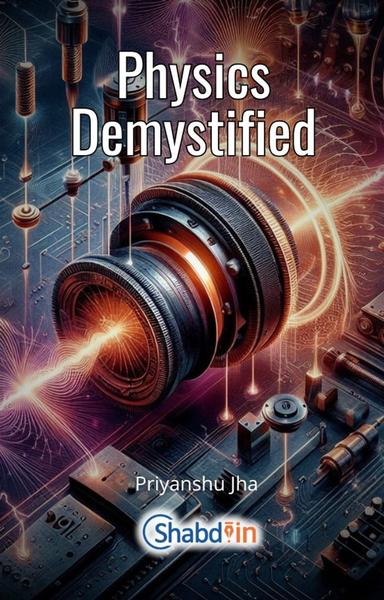String theory, a theoretical framework aiming to unify all the fundamental forces of nature and provide a consistent description of the universe, has captivated physicists around the world. This ambitious theory proposes that particles are not point-like entities but rather tiny vibrating strings. In the pursuit of unraveling the mysteries of string theory, Indian physicists have made significant contributions, both in terms of theoretical developments and innovative research. In this article, we explore the Indian endeavors in the quest to understand the profound implications of string theory.
Foundational Contributions by Ashoke Sen:
Ashoke Sen, an eminent Indian theoretical physicist, has played a crucial role in advancing string theory. Sen's groundbreaking work on D-branes, which are higher-dimensional objects within string theory, has revolutionized our understanding of the theory's mathematical structure. His discoveries, such as the phenomenon of "Sen's Conjecture," have had a profound impact on the study of black holes, supersymmetry, and the interplay between gravity and quantum field theory.
The String Phenomenology Group:
The String Phenomenology Group in India is a collective effort of physicists working on the interface between string theory and particle physics phenomenology. This group aims to bridge the gap between theoretical developments in string theory and experimental observations, particularly in the context of the Large Hadron Collider (LHC) and future colliders. Members of the group contribute to various aspects of string phenomenology, including model building, particle physics implications, and the search for experimental signatures of string theory.
String Theory and Gravity in Higher Dimensions:
Indian physicists have made notable contributions to the study of string theory and gravity in higher dimensions. Research in this area focuses on exploring the implications of string theory in spacetimes with more than four dimensions. By investigating the behavior of string theory in higher dimensions, scientists aim to understand the nature of gravity and the possibility of extra dimensions in the universe. Institutions such as the Harish-Chandra Research Institute (HRI) and the International Centre for Theoretical Sciences (ICTS) have been at the forefront of research in this field.
Collaborations and International Partnerships:
Indian physicists actively participate in international collaborations and maintain collaborations with researchers worldwide. These collaborations involve joint research projects, workshops, and conferences, fostering knowledge exchange and the advancement of string theory research. Such partnerships enable Indian scientists to contribute to global efforts aimed at unraveling the mysteries of the universe through the lens of string theory.
Educational Initiatives and Outreach:
India has made significant efforts to promote the study of string theory and theoretical physics. Several research institutions and universities offer specialized courses and research programs in string theory, attracting aspiring physicists to delve into this captivating field. Additionally, outreach programs and public lectures by Indian string theorists help disseminate knowledge and generate interest in fundamental physics among students and the general public.
Conclusion:
Indian physicists have made substantial contributions to string theory, furthering our understanding of the fundamental laws that govern the universe. From foundational work by Ashoke Sen to the collaborative efforts of research groups and educational initiatives, India has emerged as a hub for string theory research and exploration. As the quest for unifying the fundamental forces continues, Indian physicists will continue to play a vital role in unraveling the secrets of the universe through the captivating lens of string theory.














